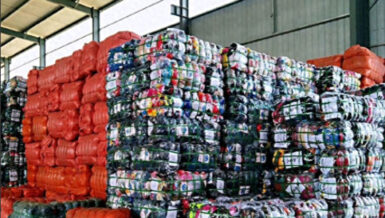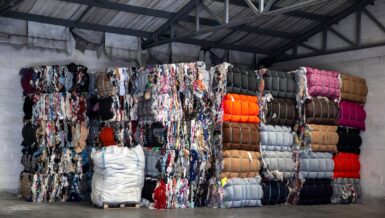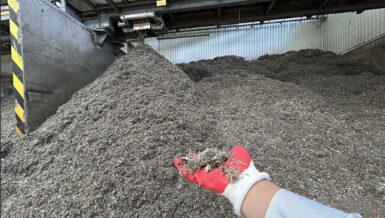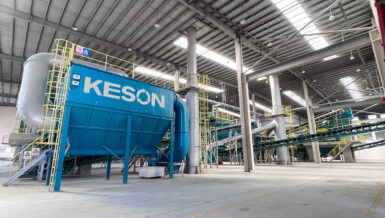Traditional sorting technologies lack precision required to distinguish, for example between cotton-polyester blends and pure cotton, or to identify cashmere mixed with wool. For fiber-to-fiber recycling, a cornerstone of the circular textile economy, this level of discrimination is essential.
Hyperspectral Imaging (HSI) offers the degree of classification accuracy necessary for textile waste recycling. HSI is a non-contact and non-destructive method that classifies materials based on their unique spectral signature. Unlike conventional imaging systems, hyperspectral cameras capture hundreds of spectral bands, making visible what can´t be seen with the human eye or color cameras.
Sensor-based sorting systems of EVK, a Headwall Group company that also includes Headwall Photonics, inno-spec, and per-class, are able to classify different materials in up to 100 material classes and provide a precise sorting command to reject objects in real time. This enables the automated separation of individual textile pieces and to sort pieces by fibers like cotton, polyester, silk, wool, cashmere, and many more.
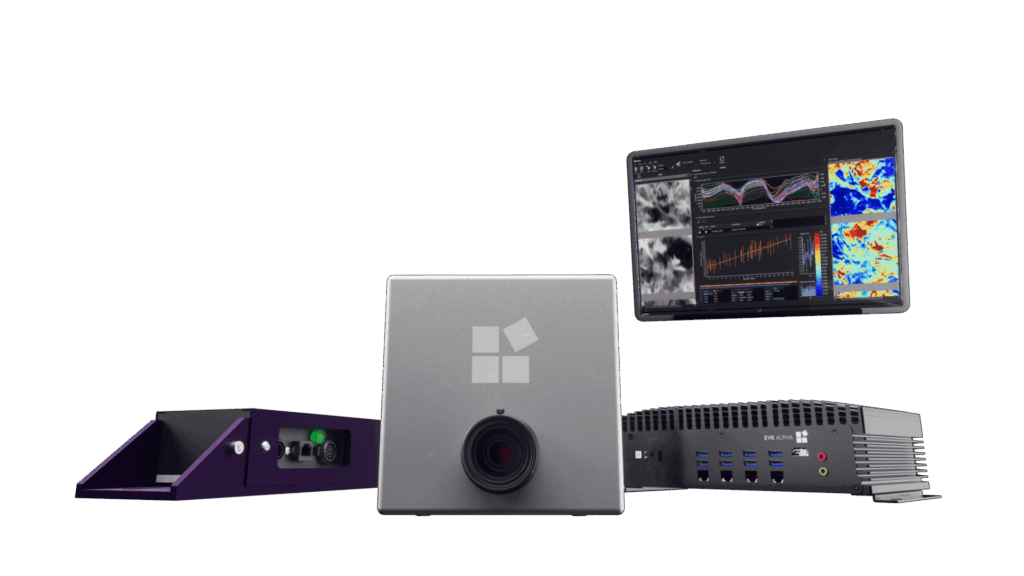
In textile waste streams, another complication arises: metallic components such as zippers or buttons. These can interfere with processing or damage machinery. To address this, machine builders and plant operators can seamlessly integrate the EVK ABAS inductive metal sensor. Mounted under a conveyor belt, the lightweight metal sensor detects both ferrous and non-ferrous metals, providing spatial data to enable targeted removal of these material – automated and at speed.
Additionally the system can be configured to analyze and monitor the percentage of specific fibers in either the incoming waste streams or the output material flow. By delivering real-time data on fiber content and distribution, operators can control and ensure the quality of both input and output material streams.
The Group is exhibiting at the textile recycling Expo in Brussel from 4.-5. June 2025 at booth #2311 or get more information at www.evk.biz.



